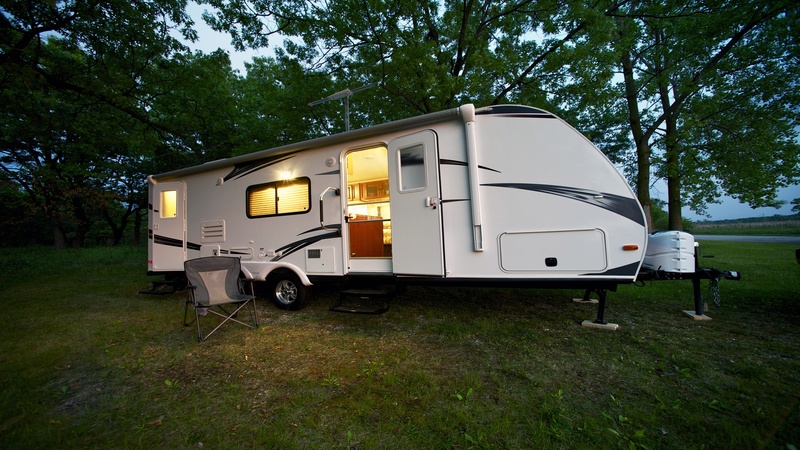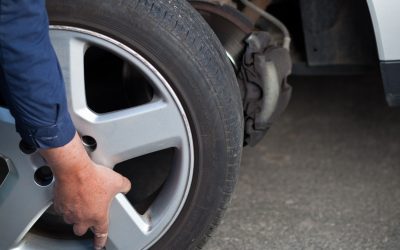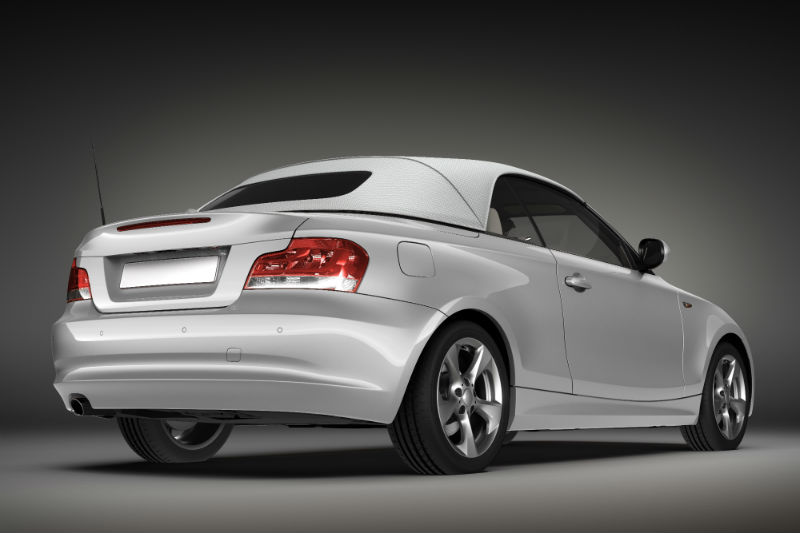There is a lot of misinformation and some pretty common myths out there about diesel engines, and more specifically about the process of diesel particulate filter cleaning. Anyone in Texas driving one of the medium to heavy duty diesel trucks on the road today needs to be able to recognize these myths for what they are and ensure they are following the correct steps for maintaining the filter and their engines.
The first use of the DPF (diesel particulate filter) in 2007 was a result of the emissions standards that were modified in 2001 by the Environmental Protection Agency. The goal of the standards was and is to reduce the harmful emissions and provide a cleaner running diesel.
Myth: DPFs Dramatically Reduce Fuel Efficiency
There are two different options in DPF technology, one which is passive regeneration and one which is active regeneration. With the active regeneration there is a small amount of fuel used to generate the additional heat. Additionally, the ash that is trapped in the filter adds to the back pressure, which also tends to very slightly reduce fuel efficiency.
While there is some reduction in fuel efficiency, it is only about two percent. This can also be minimized by routine diesel particulate filter cleaning that removes the ash from the filter and lowers the exhaust back pressure through the filter.
Myth: The Cost of Cleaning is Too High
Each manufacturer will have their own recommendations for a schedule for diesel particulate filter cleaning based on the mileage on the truck. As a general guideline, most filter manufacturer’s recommend a cleaning every 50,000 miles or at least once a year.
The cost of these cleanings will vary, but it will usually average between two and three hundred dollars in Texas. Keep in mind the cost of a replacement DPF will be three thousand dollars and up, so an annual cleaning is certainly a lower cost option.
Myth: You Can Ignore Dash Lights
Once the DPF warning light system comes on in the panel, it is important to address the issue. Most will have at least a two stage warning with a solid light giving you a few more hours of driving until the filter will be ineffective.
At this time regeneration can be done by the driver by getting up to highway speed for active regeneration or using a passive regeneration option. If the light is flashing, immediately pull over and complete a parked regeneration. Failing to do so at this time will result in the need to stop the truck and call for assistance to avoid damage to the engine.


